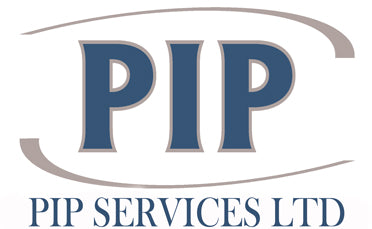Accident investigation is a detailed process to identify the root cause of a workplace incident in order to prevent reoccurrence. With a thorough investigation, organisations can optimise safety protocols, identify and reduce hazards and improve their compliance with regulatory requirements. There are several key stages to accident investigation.
How Accident Investigation Works
Let’s take a look at the fundamental procedures involved in accident investigation, including root cause analysis, investigation reports and corrective actions.
Initial Response
he initial response to an incident is essential for securing the area and ensuring all employees are safe. Here are the steps:
- Secure the Area: Isolate the incident scene to prevent further injury.
- Provide Medical Assistance: Administer first aid as necessary or call for medical help if required.
- Report the Incident: Notify the relevant authorities about the occurrence and create an incident report.
- Preserve Evidence: Try not to move anything unless necessary to prevent further harm.
Fact Gathering
The next step of the investigation is to begin collecting evidence of what happened. Fact gathering involves:
- Interviewing Witnesses: Collect statements from employees who saw the accident occur.
- Reviewing Documents: Examine safety records, maintenance logs, training documentation, and any other relevant documents.
- Inspect the Scene: Take photographs of the accident scene to document everything.
- Collect Physical Evidence: If any objects or materials were involved in the incident, gather them for analysis.
Root Cause Analysis
Identifying the root cause of the incident helps prevent reoccurrence. Do the following to analyse the root cause:
- Sequence of Events: Create a timeline of what happened leading up to the incident.
- 5 Whys: Ask “Why?” repeatedly, (usually 5 times) to drill down to the underlying cause of everything.
- Fishbone Diagram: Create a cause-and-effect diagram to map out potential factors that played a part in the incident.
- Fault Tree: Construct a logical diagram that maps all pathways leading to the incident.
Investigation Report
Compile all your findings into an investigation report that provides recommendations. Your report should contain the following:
- Executive Summary: Provide a concise overview of the incident and your key findings.
- Description of the Incident: Detail what took place, including when, where and who was involved.
- Root Cause Analysis: Present your findings from the root cause analysis.
- Contributing Factors: List the additional factors that played a role in the incident occurring.
- Recommendations: Offer some corrective actions that would prevent a reoccurrence of this incident.
- Appendices: Incorporate supporting documents like your photos, witness statements and diagrams.
Corrective Actions
The implementation of corrective actions is essential for ensuring the identified hazards are addressed and safety is improved.
- Action Plan: Create a detailed plan that outlines specific actions, responsibilities and timelines.
- Training and Education: Provide the necessary training on new safety procedures or equipment for your employees.
- Engineering Controls: Modify equipment or processes to eliminate/reduce hazards.
- Administrative Controls: Implement new policies and procedures to improve safety.
- Personal Protective Equipment (PPE): Ensure appropriate PPE is available and consistently used.
Monitoring and Follow-Up
It is important to continuously monitor the effectiveness of your corrective actions and adjust them as necessary. Conduct periodic safety inspections and gather employee feedback. Review and update security protocols along the way and perform health and safety audits to ensure compliance with internal and regulatory standards.
Why choose PIP Services for your health and safety consultancy?
We’re dedicated to providing the highest level of advice on all Health and Safety related matters and will assist companies in meeting their obligations. We offer a wide range of Health & Safety Services for a variety of clients. We represent many companies and deal with all of their Health & Safety matters.
We’re also an accredited CITB, NEBOSH, IOSH, IWFM & CITB training provider, as well as a ProQual-approved NVQ centre.
We also offer a business partnership programme offering a NVQ Level 6 Diploma in Occupational Health & Safety & NEBOSH General Certificate to help you become a health and safety consultant.
We are rated 4.9/5 on Trustpilot, and you can read our reviews here. If you would like to speak to us about your training needs, please get in touch using the button below.

